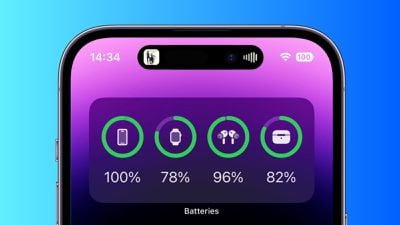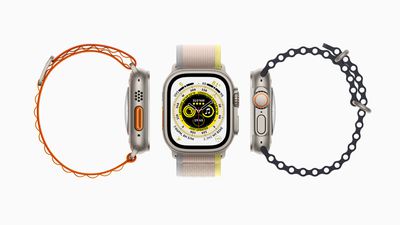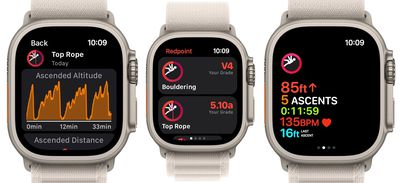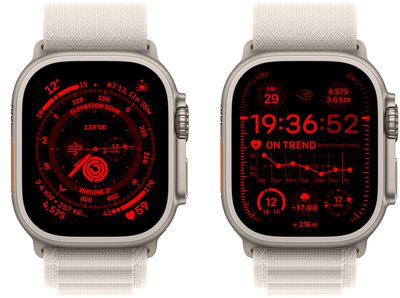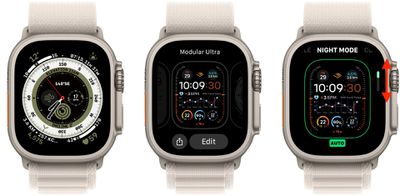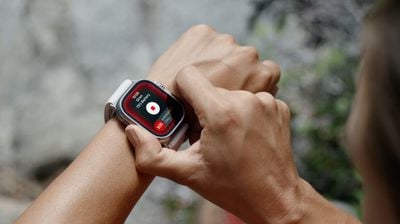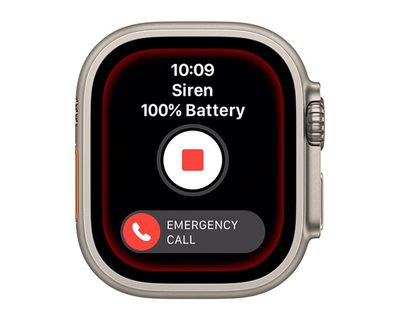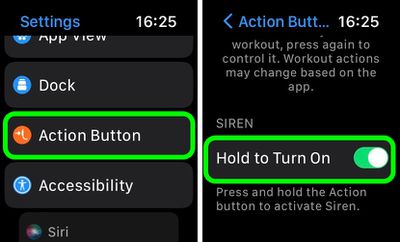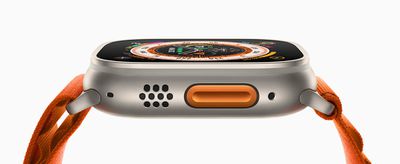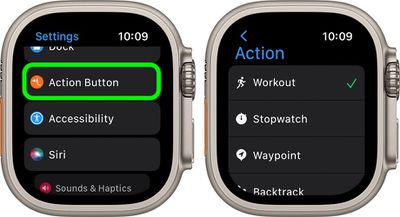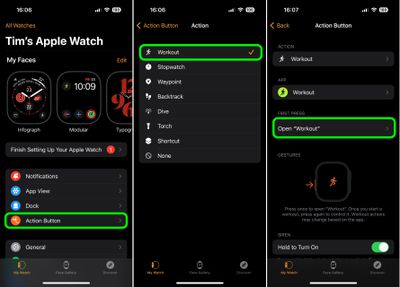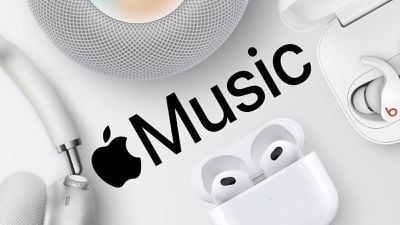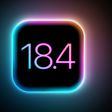Almost three years after the launch of the first-generation AirPods Pro, Apple unveiled the second-generation model alongside the iPhone 14 lineup and several new Apple Watches. Although the second-generation AirPods Pro feature the same design as their predecessor, they improve on features like Active Noise Cancellation, in-ear detection, and battery life, while introducing new functionality like Adaptive Transparency, volume adjustment touch controls, and precision finding.
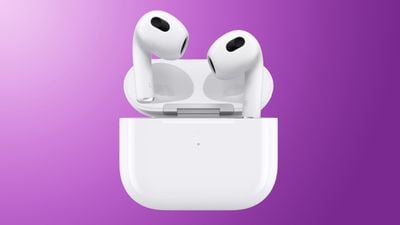
In late 2021, Apple introduced a major update for its standard AirPods, with the new earbuds adding Spatial Audio, Adaptive EQ, force sensor controls, sweat and water resistance, MagSafe charging, and more.
Should you consider purchasing the $179 third-generation AirPods, or do you need the higher-end AirPods Pro, which sell for $249? Our guide helps to answer the question of how to decide which of these sets of AirPods is best for you.
Comparing the AirPods and AirPods Pro
The AirPods and AirPods Pro share a large number of important features such as Spatial Audio with dynamic head tracking, sweat and water resistance, and skin-detect sensors. Even so, there are some meaningful differences between them that are worth highlighting, including design and Active Noise Cancellation.
Key Differences
| AirPods (Third-Generation) | AirPods Pro (Second-Generation) |
|---|---|
| Semi in-ear design | In-ear design with silicone ear tips (four sizes) and vent system for pressure equalization |
| Force sensor controls | Force sensor and touch controls for volume adjustment |
| H1 chips | H2 chips |
| Bluetooth 5.0 | Bluetooth 5.3 |
| – | Active Noise Cancellation |
| – | Transparency and Adaptive Transparency |
| – | Conversation Boost |
| Up to 5 hours listening time with Spatial Audio enabled | Up to 5.5 hours listening time with with Spatial Audio enabled |
| Up to 4 hours of talk time with a single charge | Up to 4.5 hours of talk time with a single charge |
| Up to 20 hours of talk time using MagSafe Charging Case | Up to 24 hours of talk time using MagSafe Charging Case |
| MagSafe Charging Case with Find My | MagSafe Charging Case with Find My, built-in speaker, U1 chip for Precision Tracking, and lanyard loop |
| MagSafe Charging Case compatible with MagSafe charger, Qi wireless charging mats, and Lightning | MagSafe Charging Case compatible with Apple Watch charger, MagSafe charger, Qi wireless charging mats, and Lightning |
Final Thoughts
The standard AirPods are now very similar to the AirPods Pro, offering almost all of the same features at a lower price point. As a result, the third-generation AirPods should be the default choice for most prospective buyers. If you also have AirPods Max, which already offer ANC, and are looking for an additional pair of headphones to use while working out or on the go, the third-generation AirPods are also a good choice.
You should only buy the AirPods Pro if you specifically prefer the fit and improved sound that in-ear silicone tips can provide, or need Active Noise Cancellation. It is also worth buying AirPods Pro if you could make good use of Apple's Conversation Boost accessibility feature. Otherwise, the advancements of the H2 chip, minor battery life improvements, and Adaptive Transparency may not be a worthwhile set of improvements over the standard AirPods.
AirPods Pro frequently see hefty discounts on Amazon and other third-party retailers, so stepping up to the Pro version may be more worth it if you can take advantage of one of those deals. The standard AirPods also often see solid discounts, so it is always worth seeking the best price using our Deals roundup.



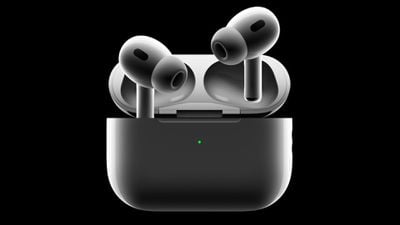
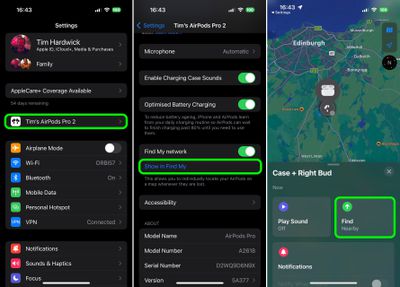
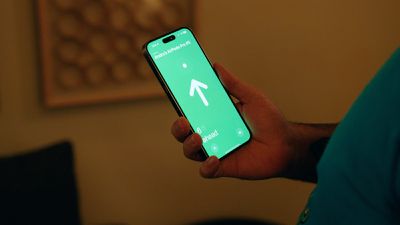
 Note: MacRumors is an affiliate partner with some of these vendors. When you click a link and make a purchase, we may receive a small payment, which helps us keep the site running.
Note: MacRumors is an affiliate partner with some of these vendors. When you click a link and make a purchase, we may receive a small payment, which helps us keep the site running.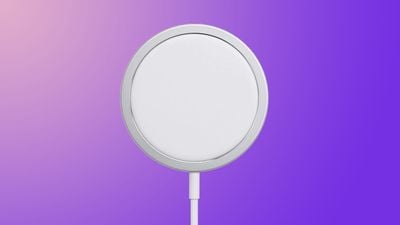
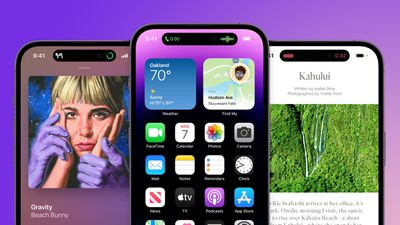
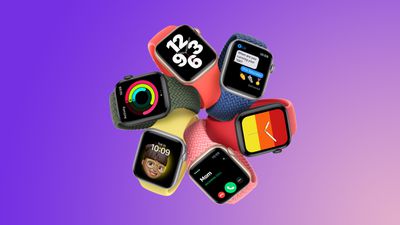
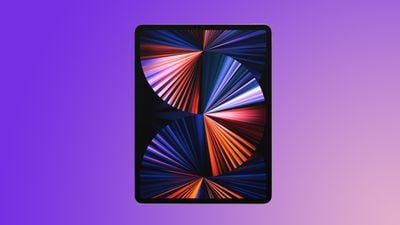
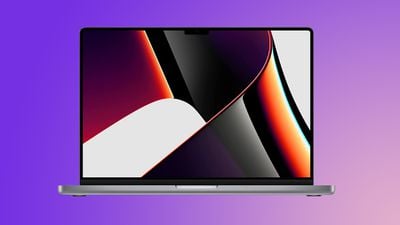



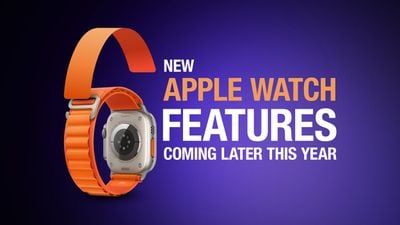
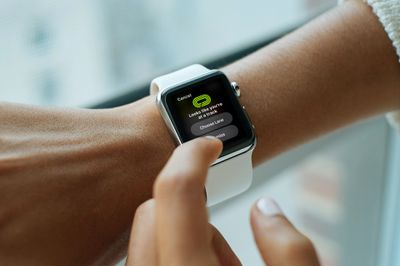


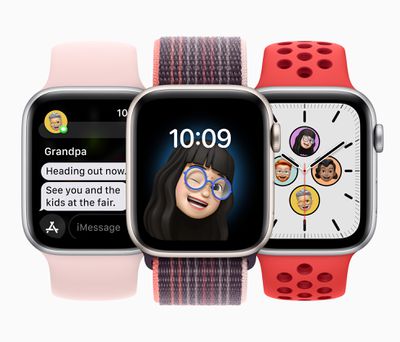
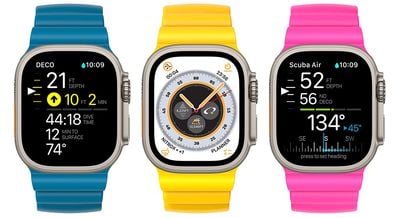

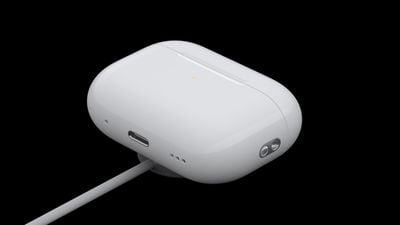
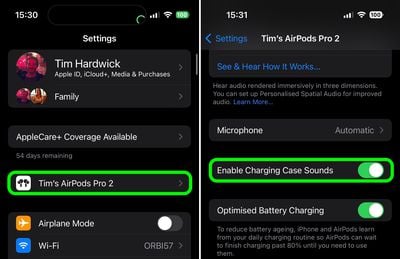
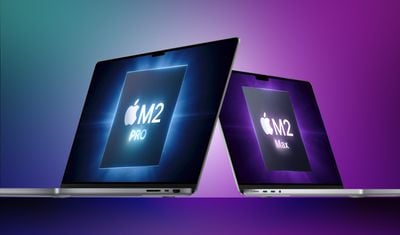
 Note: MacRumors is an affiliate partner with Amazon. When you click a link and make a purchase, we may receive a small payment, which helps us keep the site running.
Note: MacRumors is an affiliate partner with Amazon. When you click a link and make a purchase, we may receive a small payment, which helps us keep the site running.